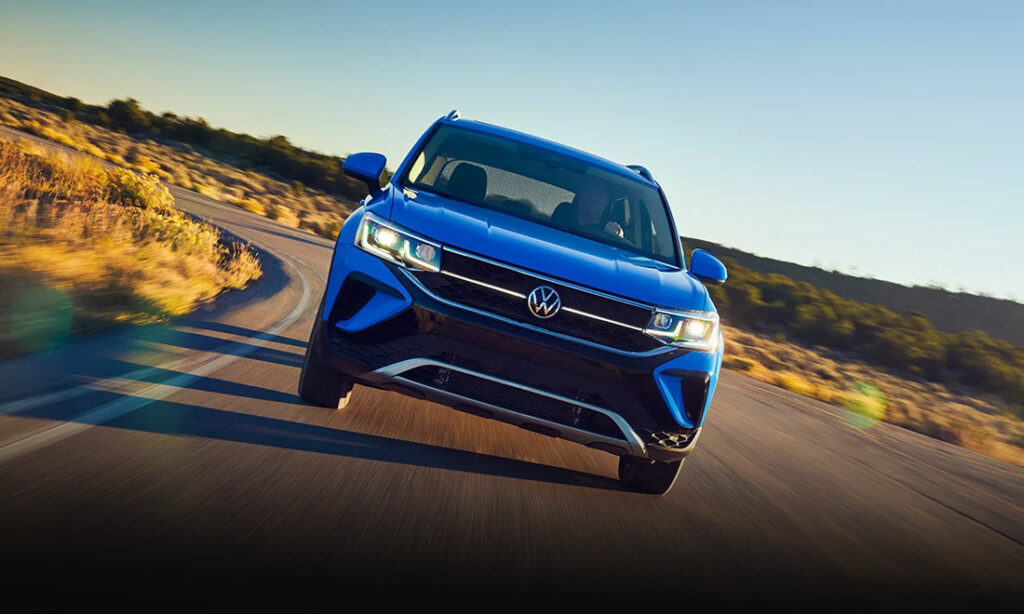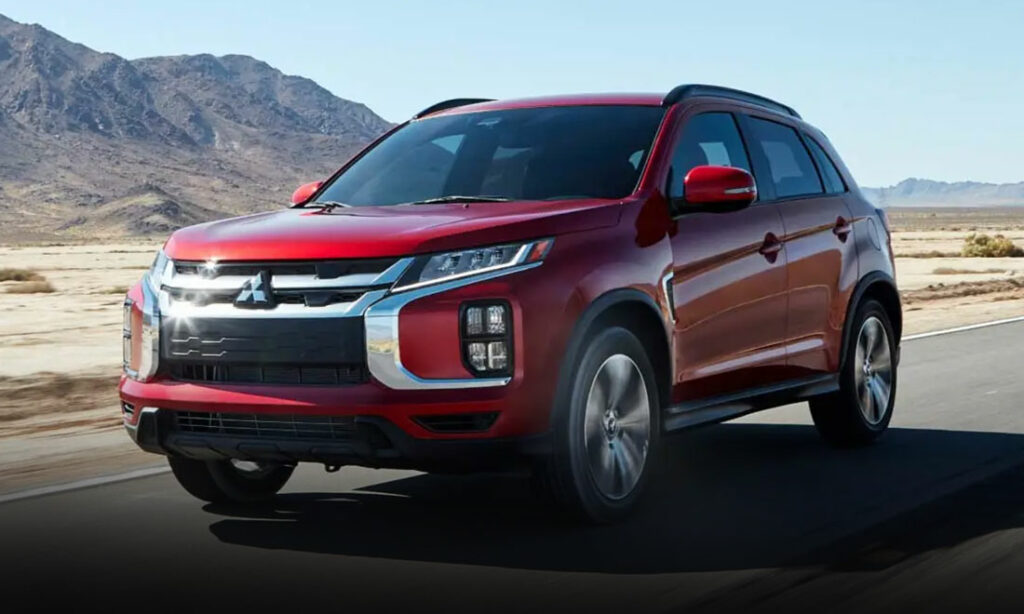Retro Review: 1950s Chevy 3100 Pickup
The Chevrolet 3100 Advanced Design is among the most iconic automobiles of the 20thcentury, and the epitome of the classic American pickup truck.
It Doesn’t Get More Classic
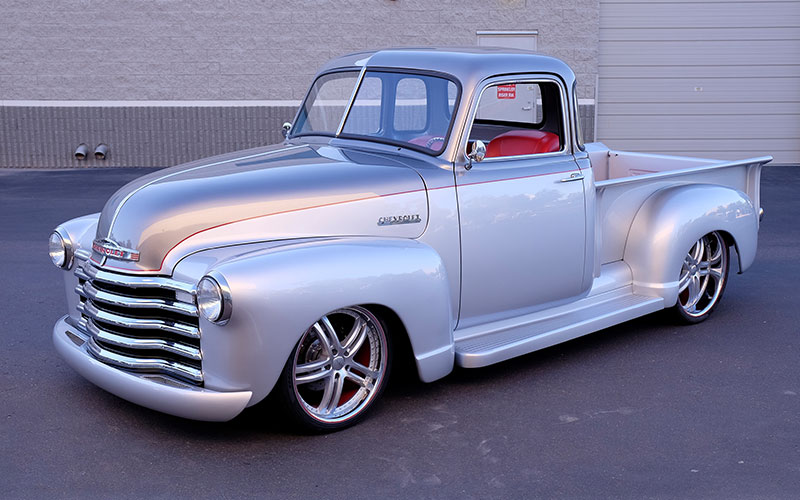
1950 Chevrolet 3100 – media.chevrolet.com | Shop Chevrolet 3100 on Carsforsale.com
Picture this: an aging farmhouse with a long, quiet porch on which rests a Basset hound dutifully dozing next to an empty rocking chair, the last crimson rays of a setting sun sweeping low over a distant tree line, and sitting in the gravel driveway, its allotted day’s work concluded, is an early 1950s Chevy pickup with a patina decades in the making, every ding and dent with a story to tell.
In some essential way, the Chevrolet 3100 is the Platonic ideal of the classic truck. Even before it was ever built, and even when it was brand new, the die had been cast. So, when we think “classic truck” in our heads, it is a Chevy 3100 that springs to mind. Today, we are looking back at one of the most iconic and beloved American automobiles of the 20th century, the Chevrolet 3100 pickup.
“Advanced Design”
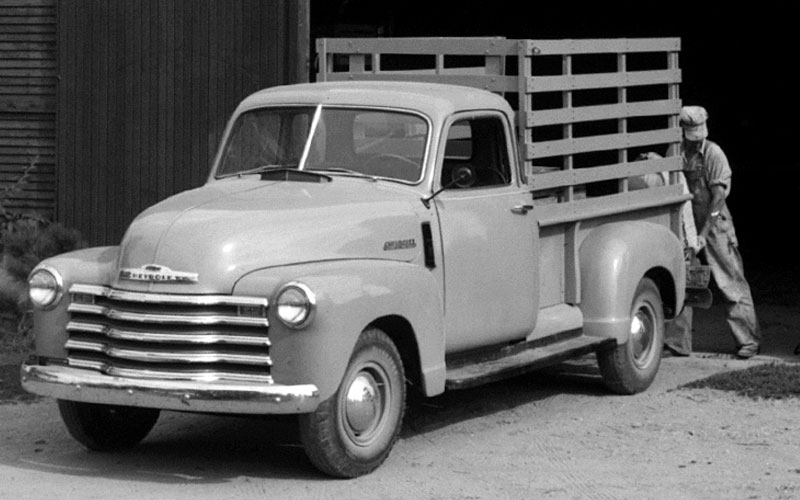
Following WWII, Chevrolet sought to modernize its new truck lineup with greater livability in addition to its workhorse capabilities. This new line, debuting in 1947, was marketed as the “Advanced Design” and started with the 3100 half ton and followed by the 3600 three-quarter ton and one ton 3800. The Advanced Design was also the basis for the contemporaneous Chevy Suburban and the Chevy panel van.
The Chevy 3100 brought with it both new looks and new creature comforts. Its Art Deco styling can be seen in the broad five-bar grille, in the fonts used for badging and for the gauges, and the hulking yet streamlined fenders front and rear. Such influences were just the beginning. The Chevy 3100’s iconic looks included its Stepside running boards, a split windshield, and integrated headlights and hidden door hinges.
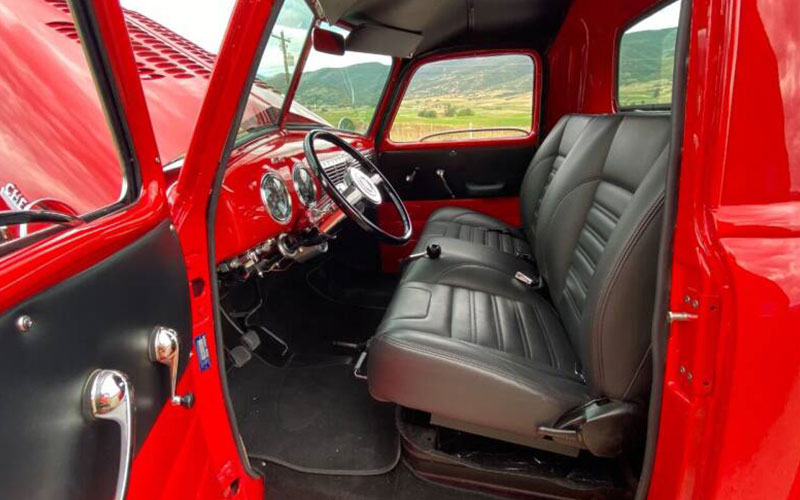
The cabin of the new truck was roomier than its pre-war predecessor, with marketing claiming the truck’s bench seat could accommodate three abreast (though it was still a bit tight, if truth be told), and the bed wider by three inches. The windshield was larger too, by 22 percent, for greater visibility. A new fresh-air heater/defroster, a glove box, and an optional AM radio appeared. Under the hood of the Chevy 3100 was a 216 cu-in straight-six “Thriftmaster” pumping out 90 horsepower and 175 lb-ft of torque and sending power to a three-speed synchromesh manual transmission. Inside and out, the Advanced Design pickup lived up to its name.
Year-By-Year
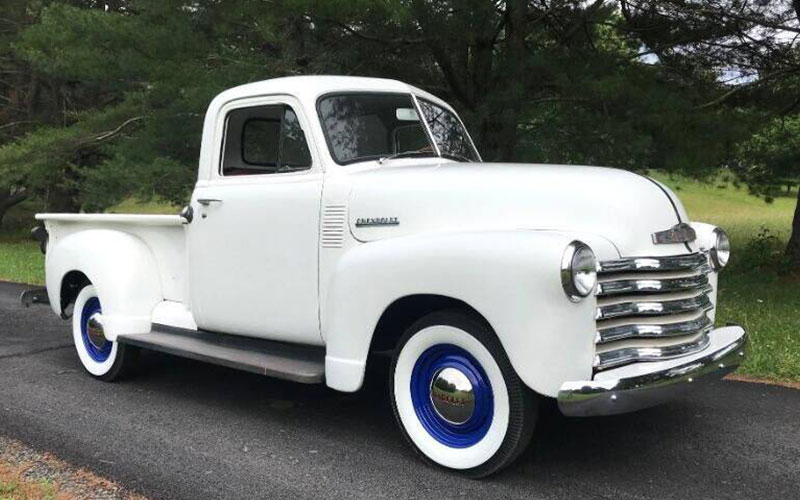
The Advanced Design Chevy 3100 received only minor changes over its eight model years. Two of those years were only partial production years as the first (1947) and final (1954/55) were transitional between old and new designs. The only notable change for the 1948 model year was shifter moving from the floor to the steering column while the ’49 model merely relocated the gas tank to behind the seat and along with it the gas filler from the lower right of the bed to directly behind the passenger door.
New telescopic shocks arrived in 1950 and triangular ventilation windows in 1951. In the middle of that year, the previous nine-plank bed was changed to a set of eight slightly wider planks. New push-button door handles and a 90-mph speedometer debuted in 1952. Next to no changes were made for the 1953, but 1954 gave the Chevy 3100 its most significant updates.
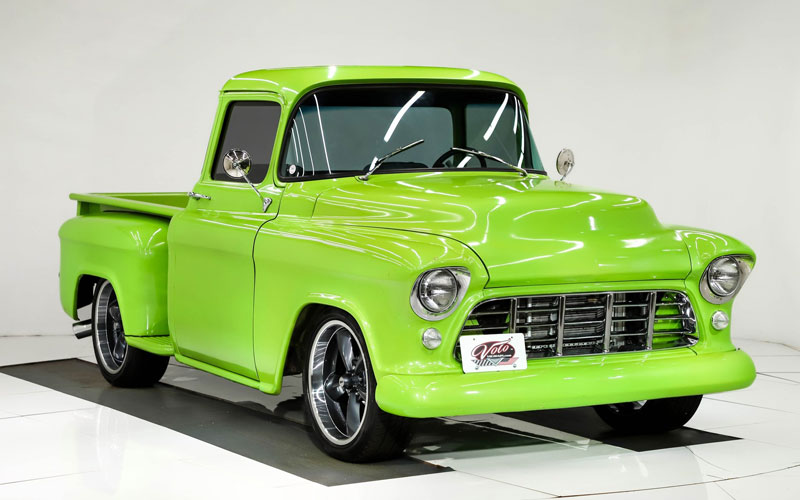
The 1954 Chevy 3100 is easily distinguished from early years by its single, curved windshield and its new cross bar “bull nose” grille design. A new engine also arrived that year, a 235 cu-in straight-six along with a new optional Hydramatic automatic transmission and a new three-speed manual. The bed was also redesigned, adding to both depth and width.
1955 was a transition year for the Chevy pickup. The early “First Series” 3100s carried over from 1954, with just a new open drive shaft for changes. The second half of the year’s production was dedicated to the new “Second Series” 3104 Task Force design. The new Task Force was a major redesign that gave the truck a new face and a new, optional 265 cu-in V8 engine. Over its eight-year run, the 3100 Advanced Design was the best-selling truck in the US.
The Legend of the Five-Window Deluxe Cab
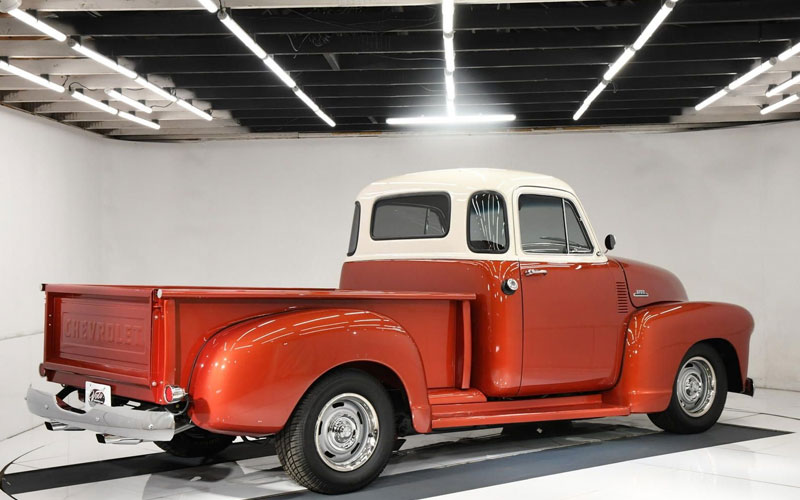
1954 Chevrolet 3100 Deluxe – Volo Museum Auto Sales on youtube.com | Shop Chevrolet 3100 on Carsforsale.com
For classic car collectors, the ultimate in Advanced Design pickups is the Deluxe Cab. This version offered several additional comfort features that included a driver’s side arm rest, sun visor, additional trim to the windows and seat, an optional chrome grille, and most notably, an extra two windows. These “Nu-Vue Rear-Corner” windows (as they were marketed) were set into the B-pillar to help eliminate blind spots. These five-window trucks are some of the most sought-after of the Advanced Design trucks.
The Chevy 3100 Advanced Design resides in the rarified air of the automotive icon. It is a design that is at once definitive of its era and yet timelessly charming. It is no wonder then, that these trucks have a strong following to this day, with even those reduced to moldering heaps of rust hip-deep in the weeds behind grandad’s barn still command in excess of $7,000. Such is the cost for the opportunity to rebuild a legend.


